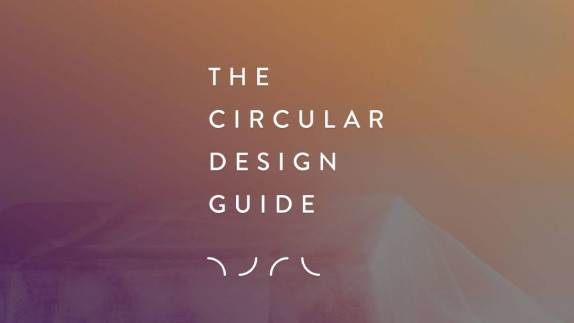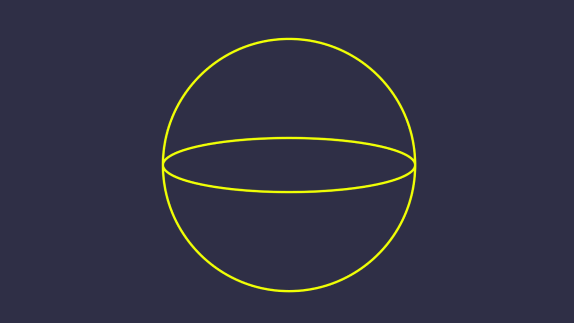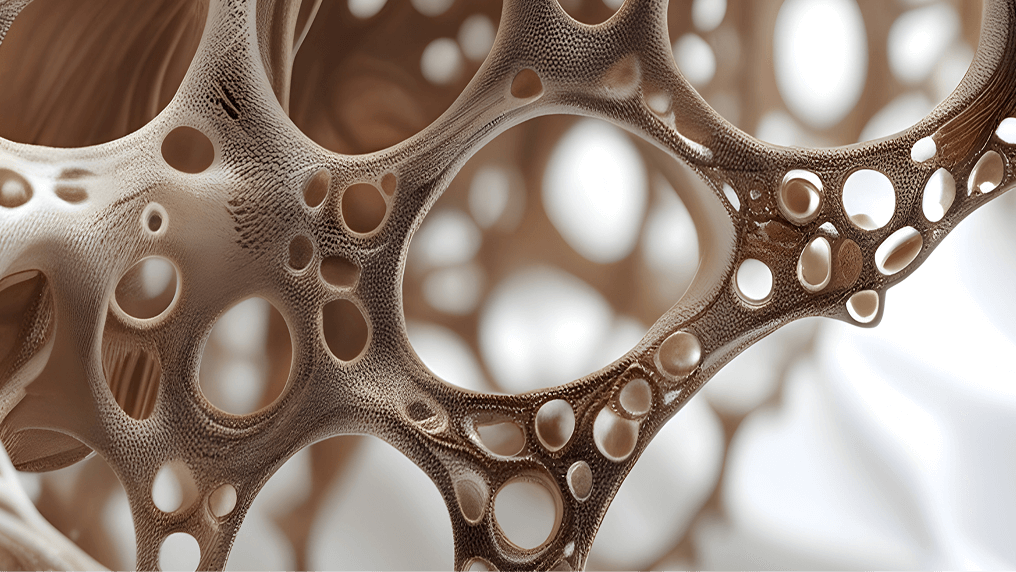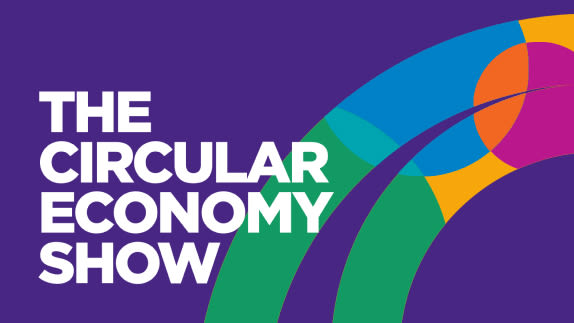Complex and systemic design challenges can be tricky to navigate and are ever-evolving. Here are three interrelated actions that can help designers to apply circular design:
Zooming in and zooming out: designing within a context
Widening the scope of value creation
Evolving with continuous feedback
Zooming in and zooming out: designing within a context
In circular design we can zoom in and out to three different but interconnected system lenses:
Individual <> Society
Local environment <> Global ecosystems
Singular value exchange <> Economic systems
Consider the bigger picture. The act of zooming in and zooming out through different lenses helps to develop a greater contextual awareness of the system we’re designing within and for. It can uncover the root cause(s) of a problem and is a way to continually evaluate the existing and future impacts of design decisions, both positive and negative.
In a linear economylinear economyAn economy in which finite resources are extracted to make products that are used - generally not to their full potential - and then thrown away ('take-make-waste')., design typically happens in isolation, zooming in only to the short-term needs of the business and customer, while externalising the wider social, environmental, and economic impacts. In a circular economycircular economyA systems solution framework that tackles global challenges like climate change, biodiversity loss, waste, and pollution. It is based on three principles, driven by design: eliminate waste and pollution, circulate products and materials (at their highest value), and regenerate nature., design decisions take into account the system as a whole over a longer period of time.
Connect the Dots, São Paulo
Zooming in and zooming out
One example of zooming in and zooming out to create circular food systems is Connect the Dots. This collaborative project provides nutritious food to inhabitants of São Paulo, while supporting regenerative farming systems in surrounding areas, and helping tackle social inequality.
Zooming in, farming families with smallholdings on the fringes of the municipality face multiple socio-economic challenges, such as increasing ecosystem degradation from growing urbanisation and loss of income opportunities. Zooming out spatially and socially, there are also large vulnerable populations in the city centre with poor access to healthy and nutritious food. Meanwhile, drought is increasingly threatening the water networks upon which the city of São Paulo relies.
In response to these systemic challenges the municipality of São Paulo is working with actors across the food value chain to implement actions at multiple system levels. Initially focusing on the supply of seasonal, high-quality food for schools and public canteens, the initiative committed to procure organically and regeneratively produced food directly from local farmers at a price 30% more expensive than market value to incentivise the transition. Meals are designed to use local, seasonal produce and any food that can’t be used is then composted in the city and returned to farmers to fertilise the soil.
Beyond public procurement, the project includes initiatives to create a distributed and resilient business model connecting farmers to a wide array of buyers in the city centre, including street food markets, restaurants, and food delivery companies. Farmers transitioning from conventional agriculture to practices with regenerative outcomes are given access to education and technical assistance. Support is also provided through improved road infrastructure, access to warehouses, and financial incentives. There are also engagement and learning programmes for city schools and chefs. Connect the Dots is a long-term, place-based programme of systemic initiatives generating a multitude of societal, environmental, and economic benefits. Take a look at the system map of the region’s local agricultural value chain.
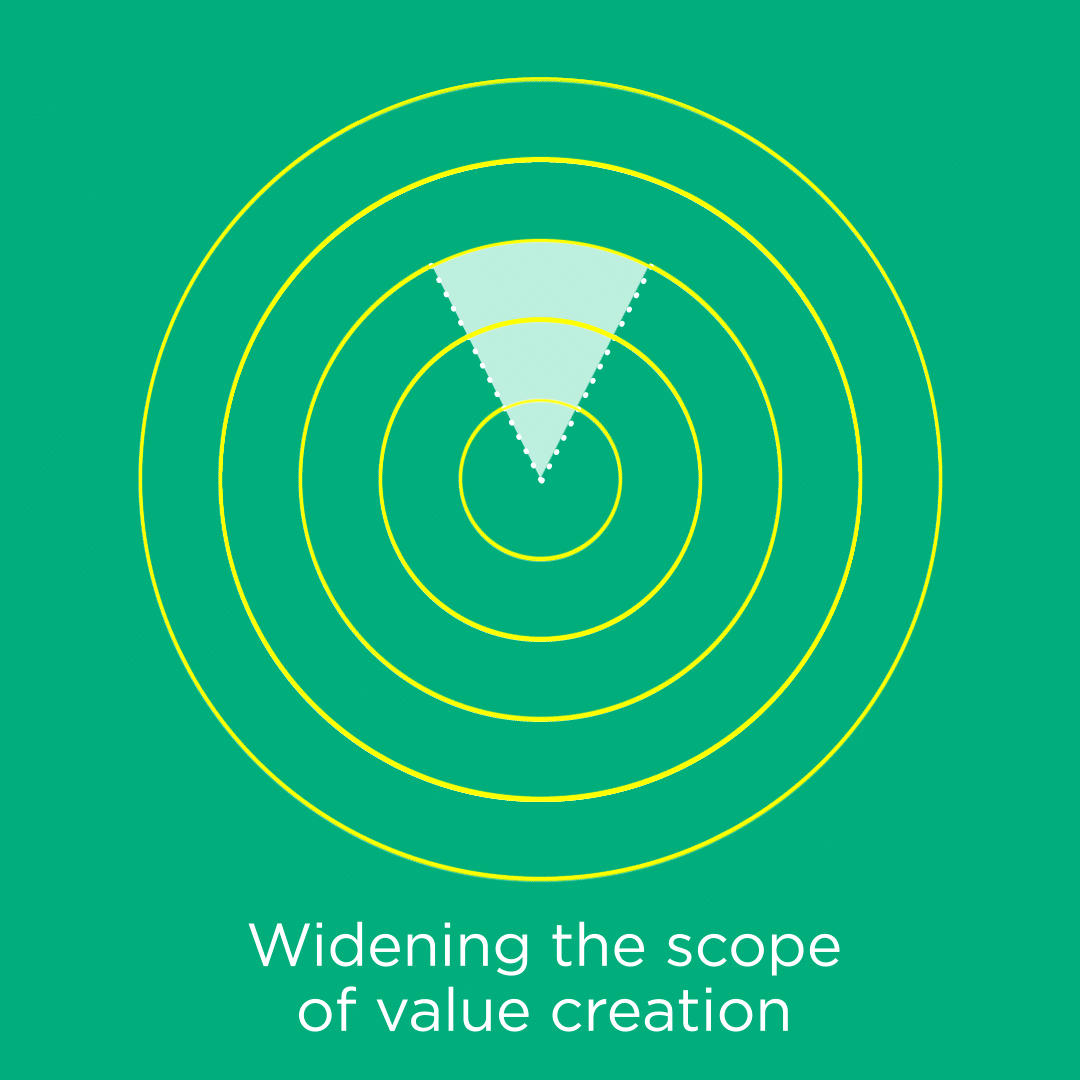
Widening the scope of value creation
By widening the scope of what we’re designing for beyond economic profit alone, we can create new kinds of value creation opportunities not possible with the narrow scope of a linear economy. Circular design is about designing interventions at different levels of the system: the product, the business model around it, and the system conditions – i.e policy, finance, and education –that enable that model to thrive. In so doing, we shape an ecosystem in which value is distributed.
It is about unlocking value at every stage of the process by maintaining the materials already in use, increasing the number of users for every product, and using practices that have regenerative outcomes for nature.
To illustrate value creation opportunities within a healthy system, nature is perhaps the ultimate example. In a forest, the leaf that falls from the tree feeds the earth, wild animals disperse seeds and enrich soils, and fungal ‘neural’ networks redistributeredistributeDivert a product from its intended market to another customer so it is used at high value instead of becoming waste. nutrients. Not only do the plants, wildlife, fungi, and bacteria coexist, they benefit each other. Observing these properties of natural systems can inspire the creation of resilient and regenerative business ecosystems.
Connect the Dots, São Paulo
Widening the scope of value creation
For the city of São Paulo, implementing an isolated financial mechanism would have provided a solution to local growers, but it would have been short-term. Instead, the municipality identified opportunities for value creation across the entire food system that will create benefits in the long term. By widening the scope of design, the municipality is addressing overlapping social and environmental challenges in both inner city and peri-urban areas. The food regeneratively produced on the fringes of São Paulo generates profit for the farmers, local communities, and city centre businesses alike. These practices bring together a range of benefits such as creating employment opportunities for the next generation of farmers at the same time as improving soil health, helping to halt and reverse biodiversity loss, and preserving freshwater. The regeneratively produced organic food brings long-term health benefits and fosters a system that creates equitable access to nutrition for vulnerable populations. Its educational programmes help to deepen knowledge and skills in regenerative farming systems. Collectively, the additional infrastructure to support the project not only helps to strengthen the food system, but also allows people in rural areas to move around more easily, bridging ecology and economy.
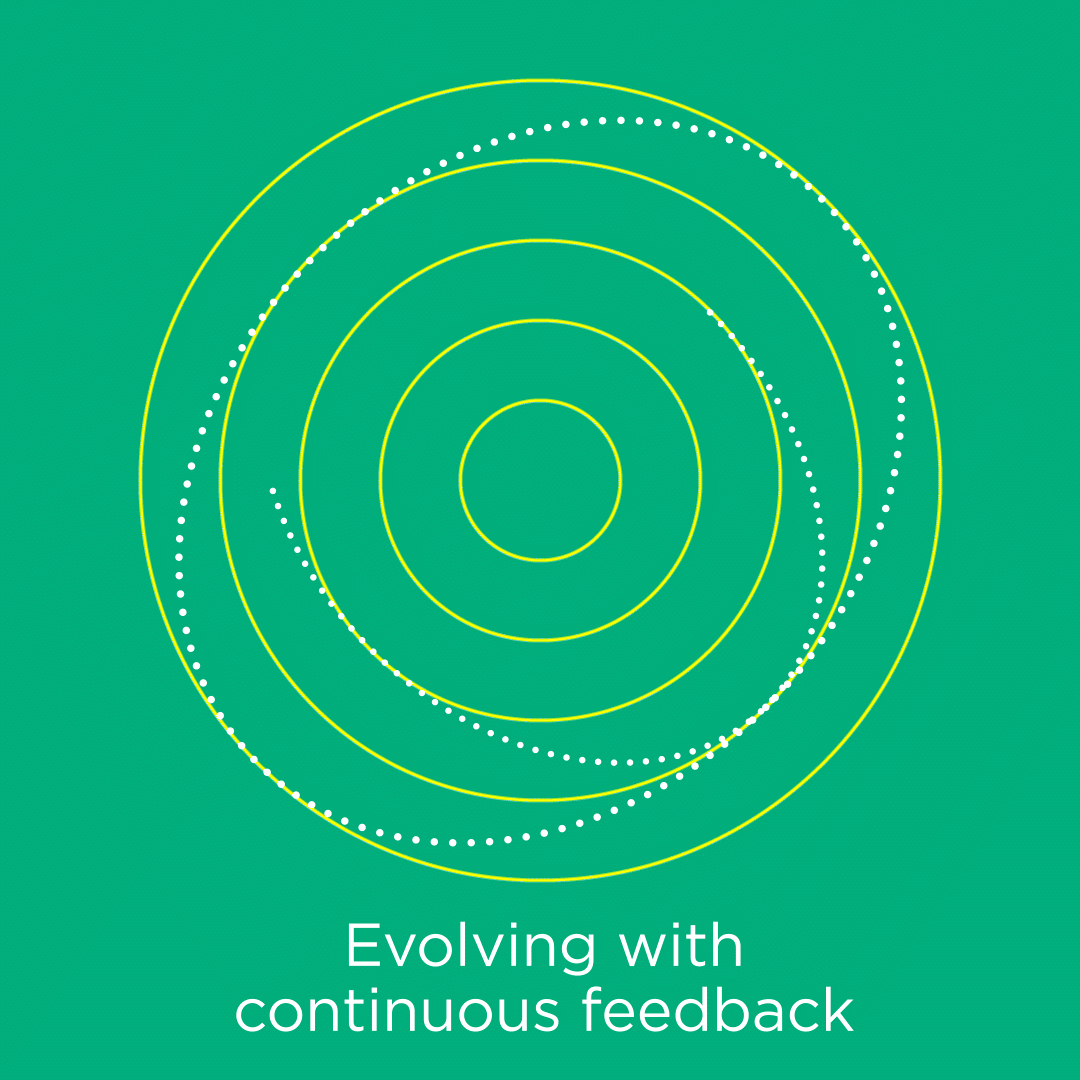
Evolving with continuous feedback
Since circular design reveals the complexity of the world around us, finding the ‘right’ place to start can be overwhelming. It’s important to start somewhere and evolve over time, as there won’t ever be a complete data set or checklist to hand. Designing interventions that shift the system for a better future is not an exact science. The economic systems we are designing in have emergent properties; much like weather systems, they accumulate complexity and constantly evolve. There are many unknowns. Furthermore, we are designing in a time of transition in which both the linear economy and the circular economy coexist, so we may find tension between the incentives, structures, and behaviours of the old model and those of the new.
One of the most important skills is being able to toggle between the micro view or your own area of expertise and specialty, and big picture, and understanding both spatially and orally – how what you're doing at any given time, can contribute to the whole, and the need for that whole to be transitioning toward a future that’s sustainable, equitable, and desirable.” Terry Irwin, Director, Transition Design Institute
Whether designing products, services, and the systems that surround them, or the processes and policies that support them, embedding mechanisms to create feedback loops can help follow, measure, and evaluate the system response over time. This could range from simple user interviews to integrating digital ledgers.
This evaluation of system feedback can help designers improve solutions and uncover new opportunities to create and scale system-wide value.
Connect the Dots, São Paulo
Evolving with continuous feedback
Connect the Dots project demonstrates that there is still agricultural and food waste across the system that needs to be addressed. These initial pilots, while vitally important, are not yet mainstream and need to scale across the region. By demonstrating a circular food system in action it can also inform how other cities, municipalities, and local governments could approach similar systemic challenges.
Developing the right enabling environment and creating the necessary tools to support the change is critical. In this case, the Connect the Dots project led to the collaboration with Sampa + Rural and Sis Sampra to build a digital platform to help farmers access technical assistance, training, equipment, and finance. The tool is also vital in enabling the collection and analysis of real-time information on rural production and monitoring action plans. Through this continuous feedback, the design of actions, policies, programmes, and infrastructure can evolve to the needs of the wider system as the pilot grows.
Circular design is how we fundamentally reimagine our current system for positive outcomes in the long term, and it starts today.
Actions to nudge systems can be as small as so that they can be made to be made again in the future. Or action could also be taken at an organisational level, such as developing circular design metrics to equip designers with the right tools. Wherever the starting point, consider the wider implications of interventions in place and through time.
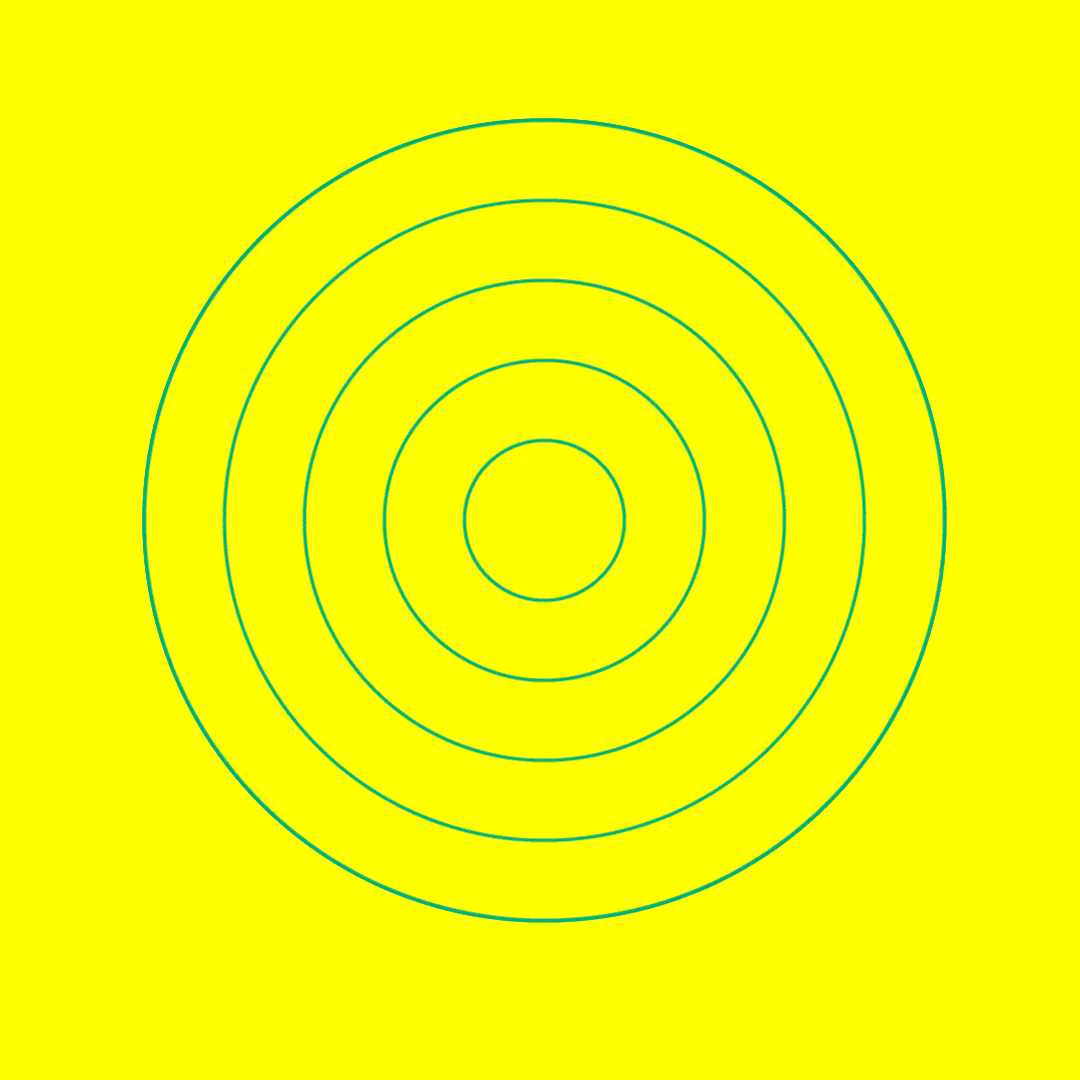
We all have a part to play in designing better systems that work in the long term.
For more resources and activities to help understand, define, make, and release circular innovations, explore the Circular Design Guide created in collaboration with IDEO and a selection of tools from our network and beyond to help get you started.
